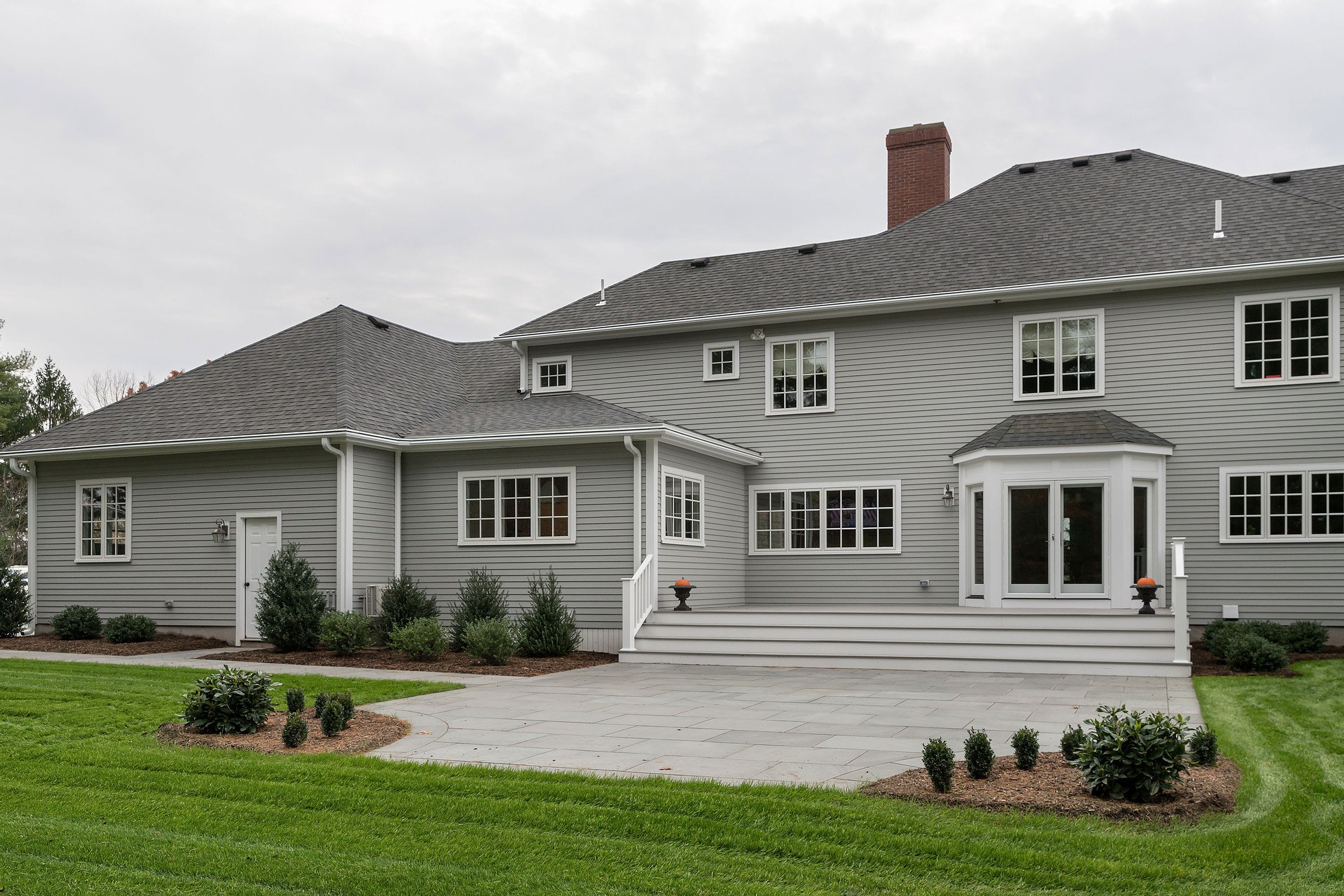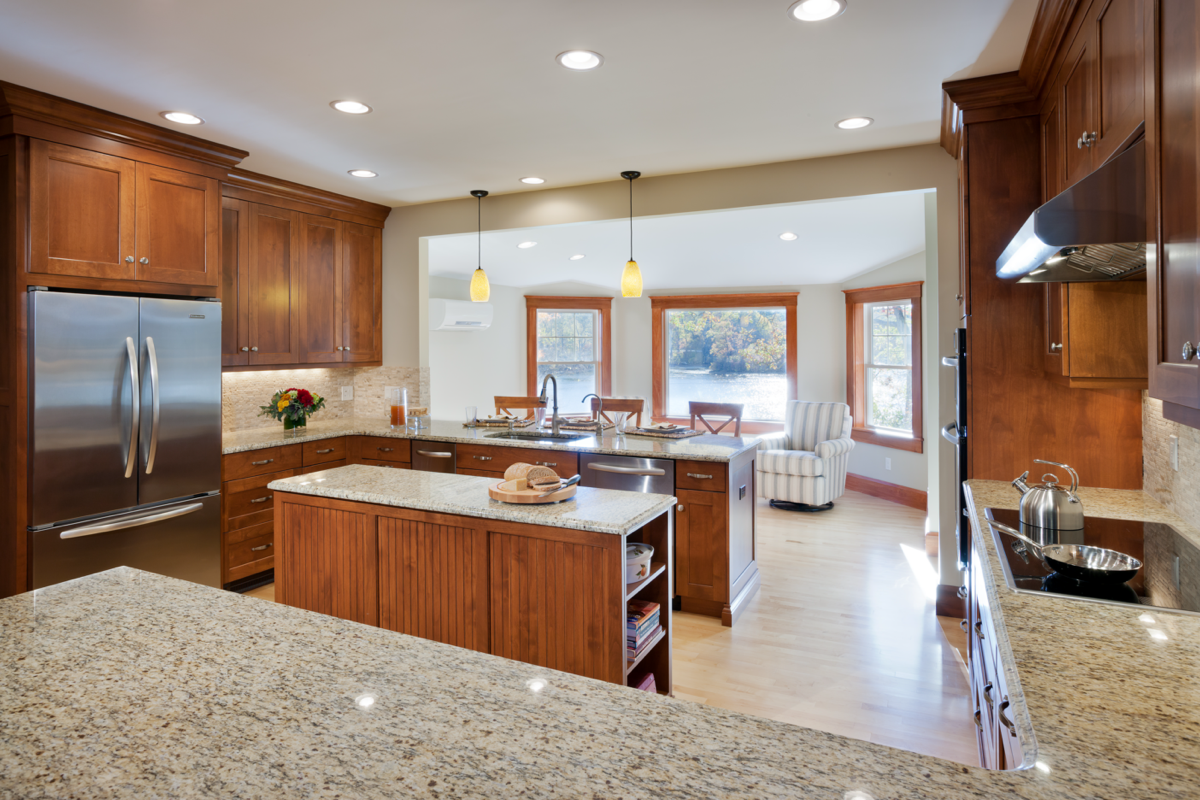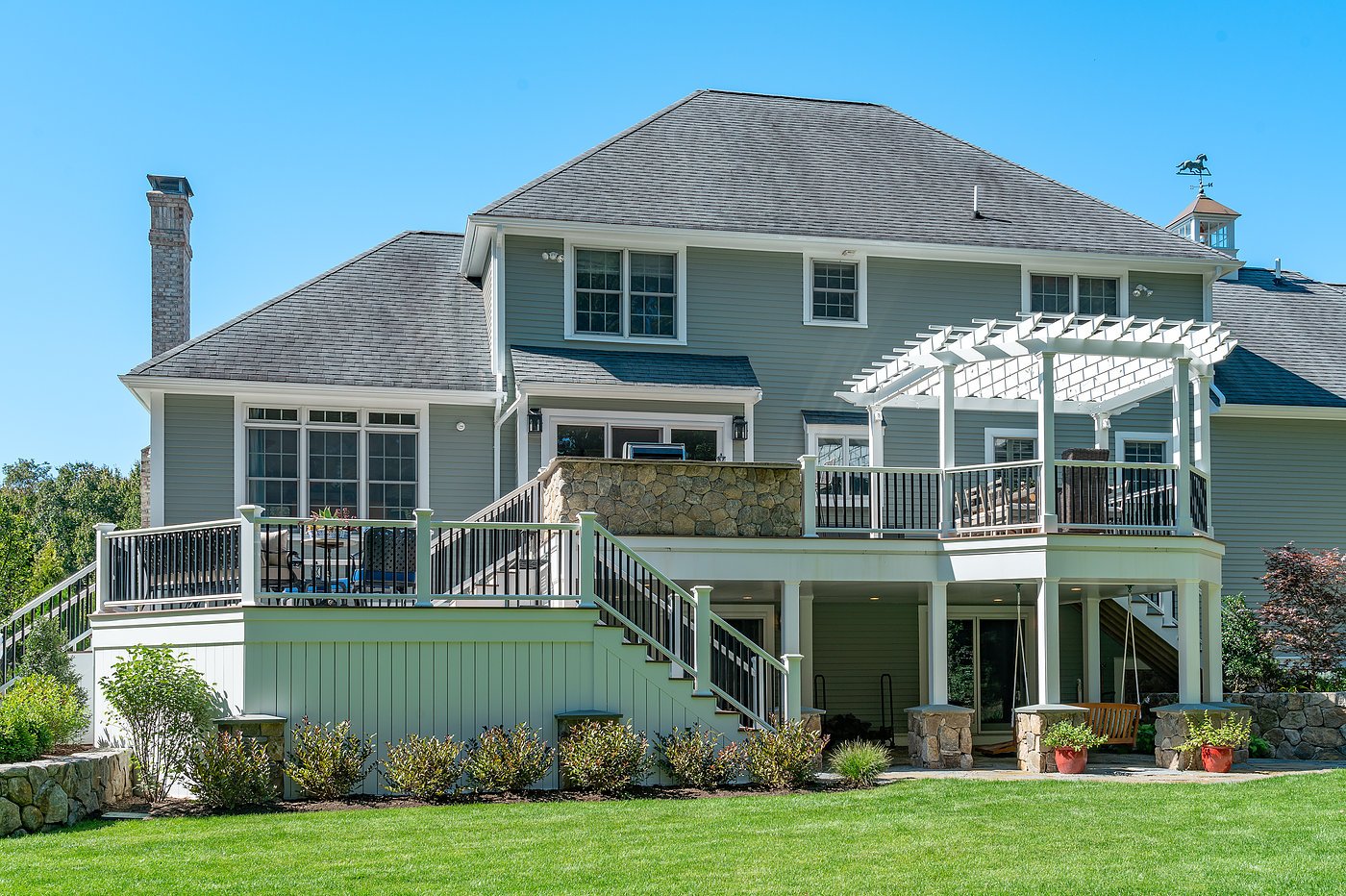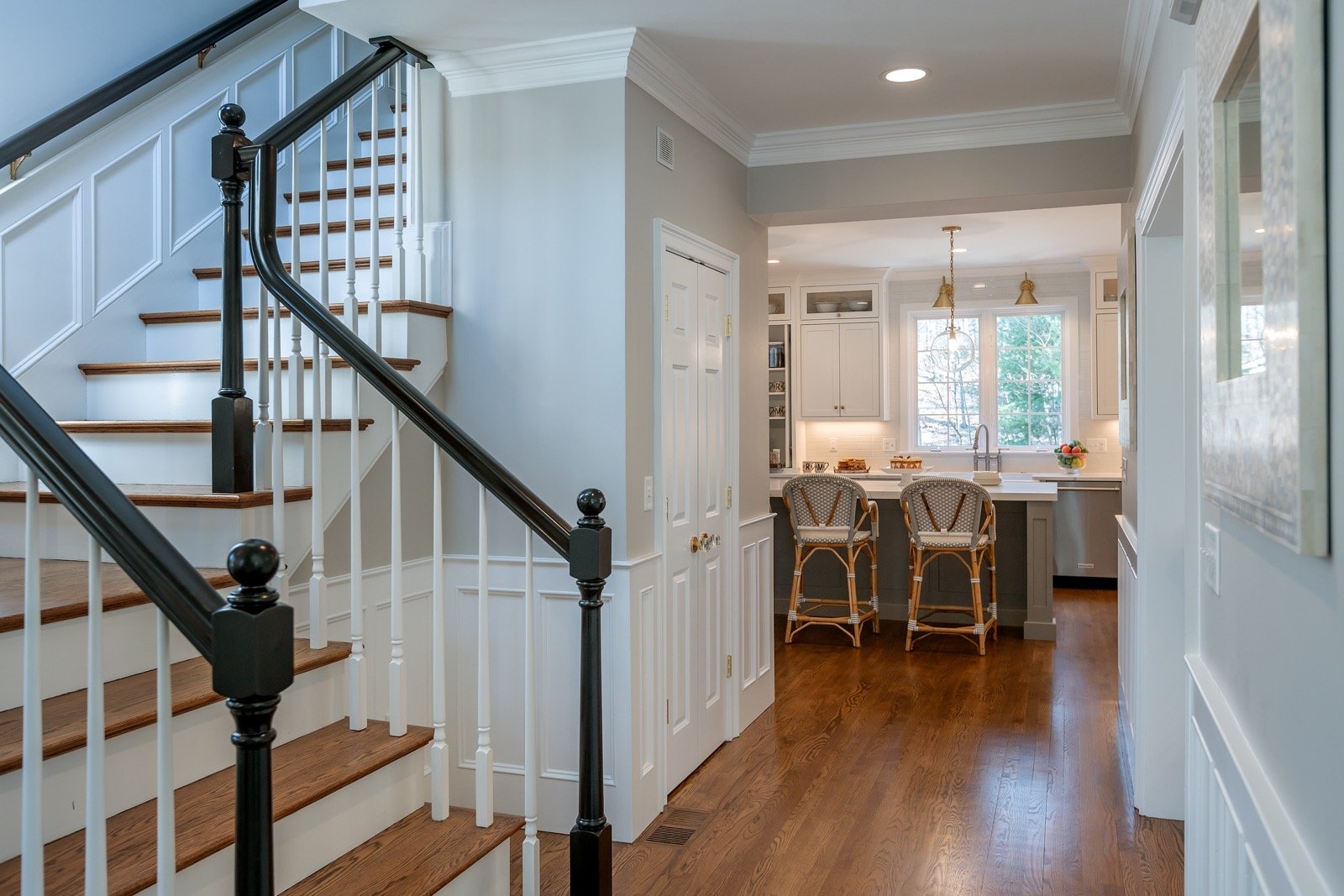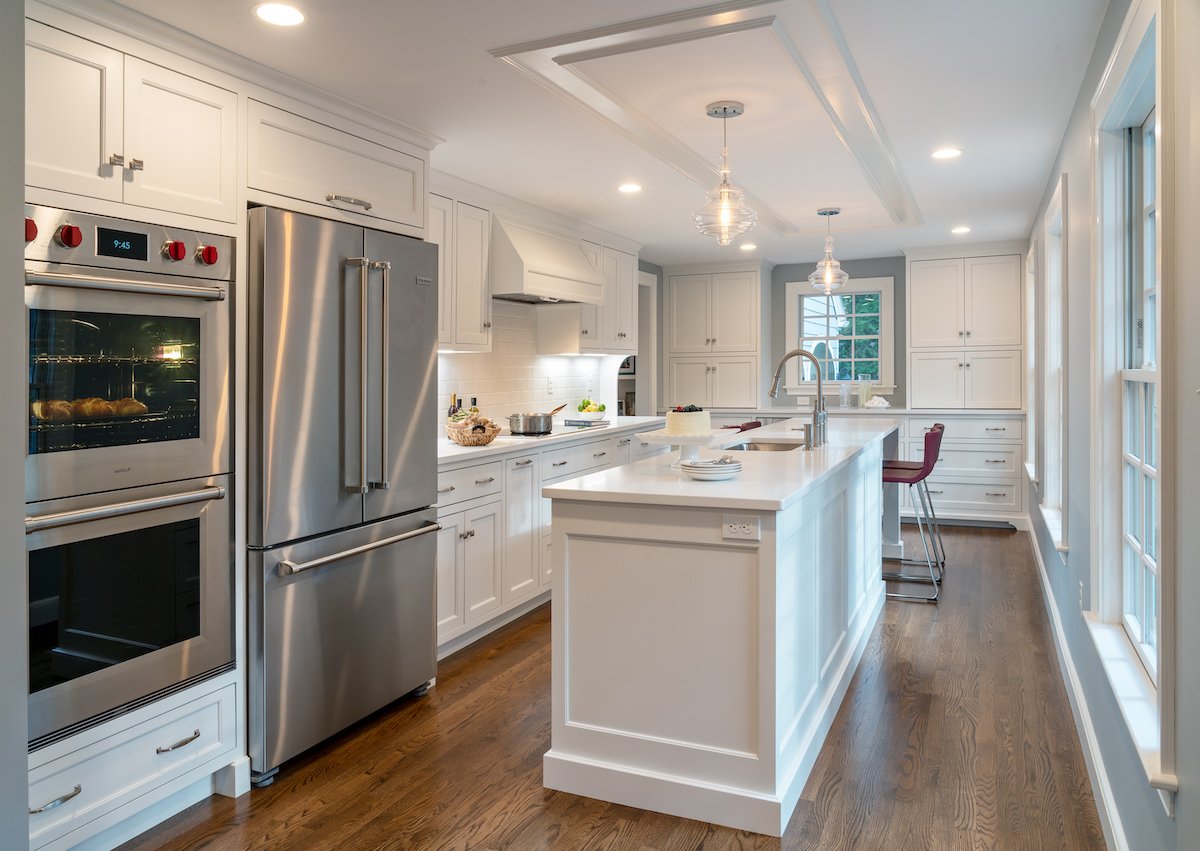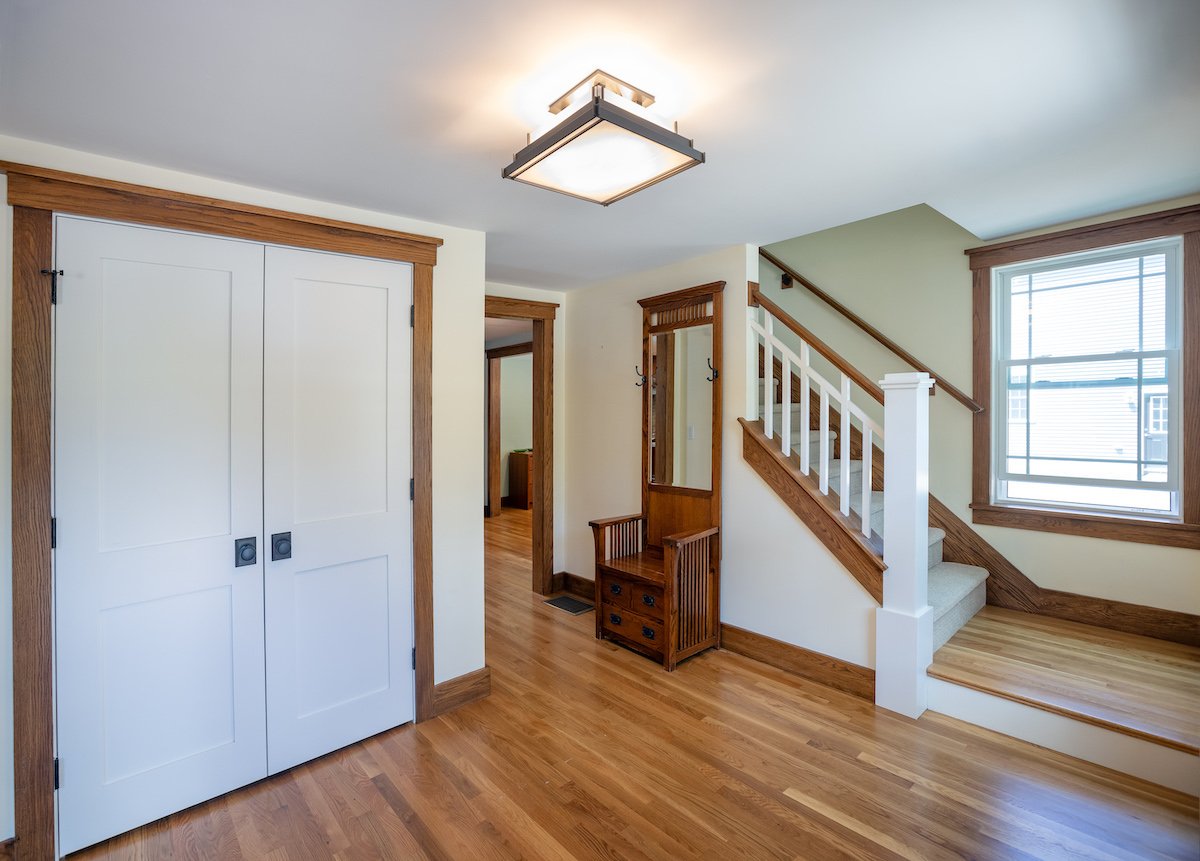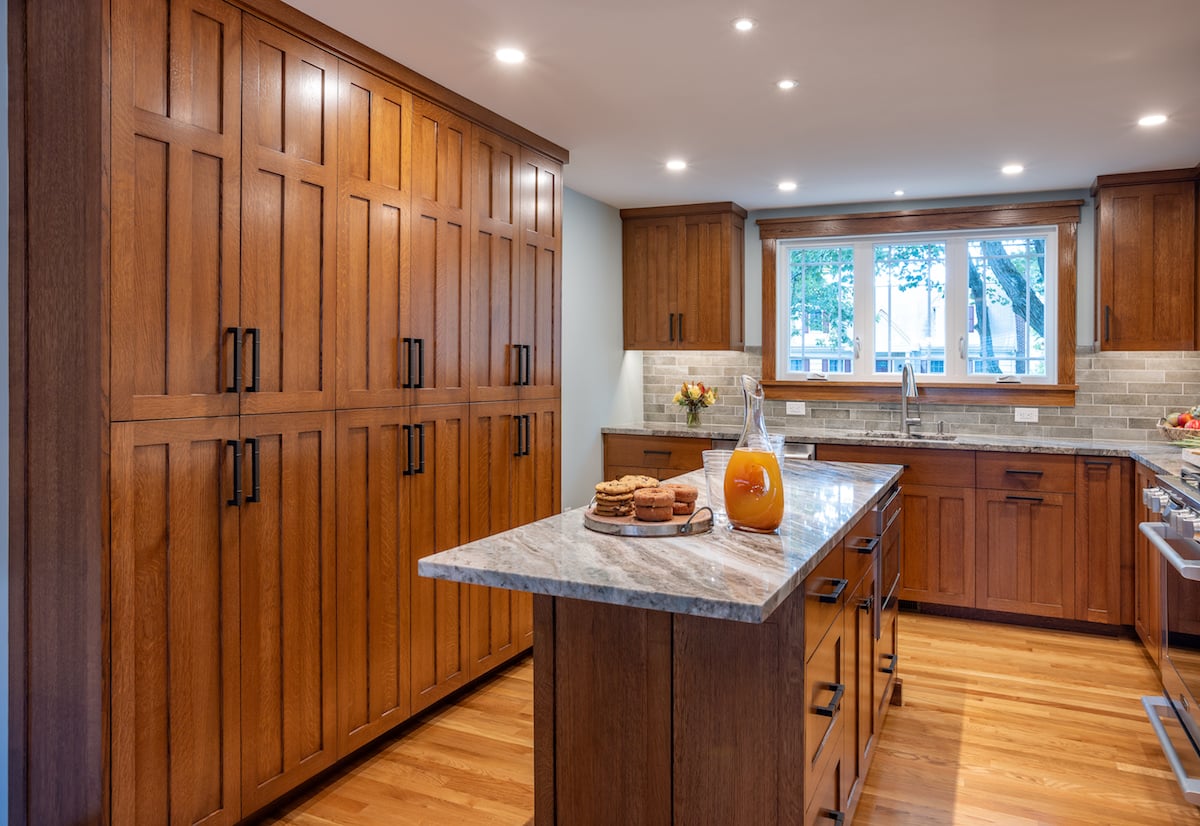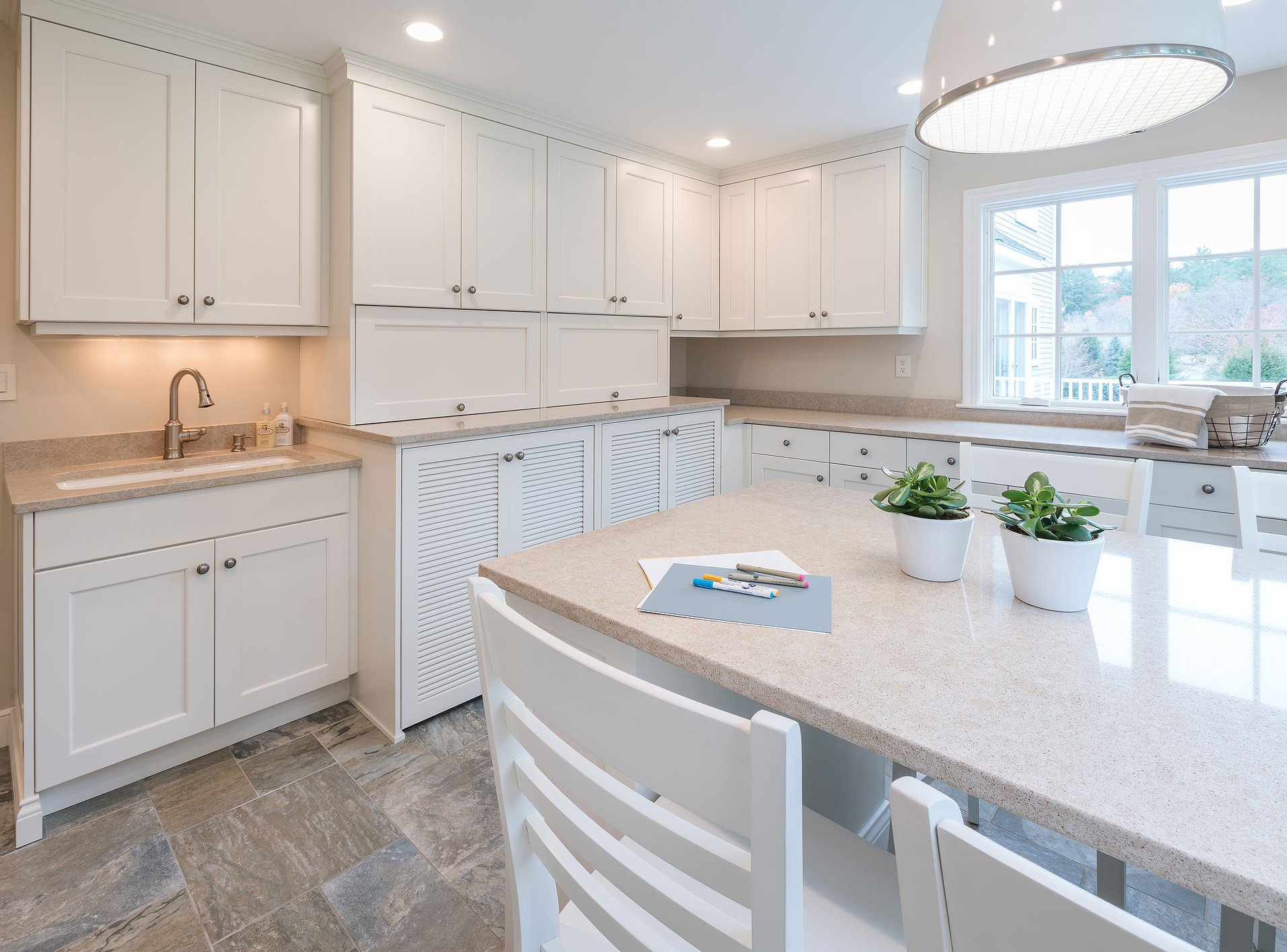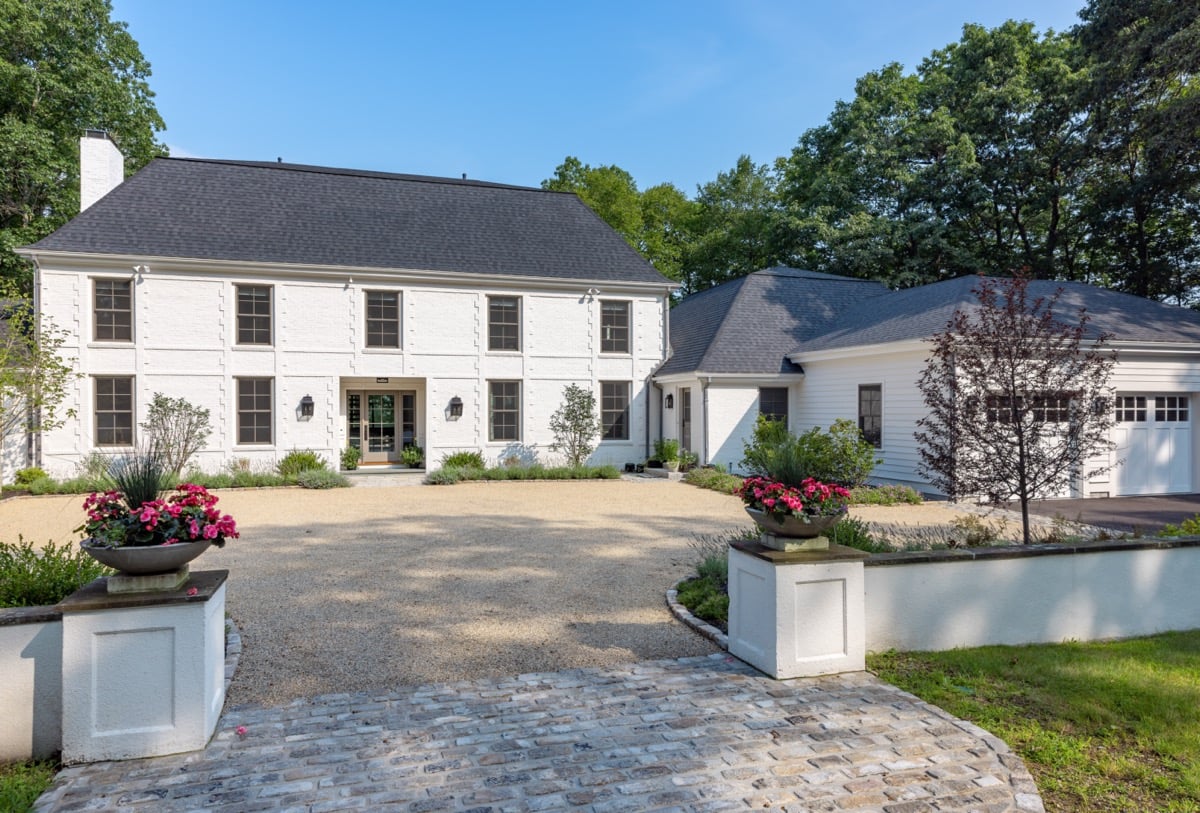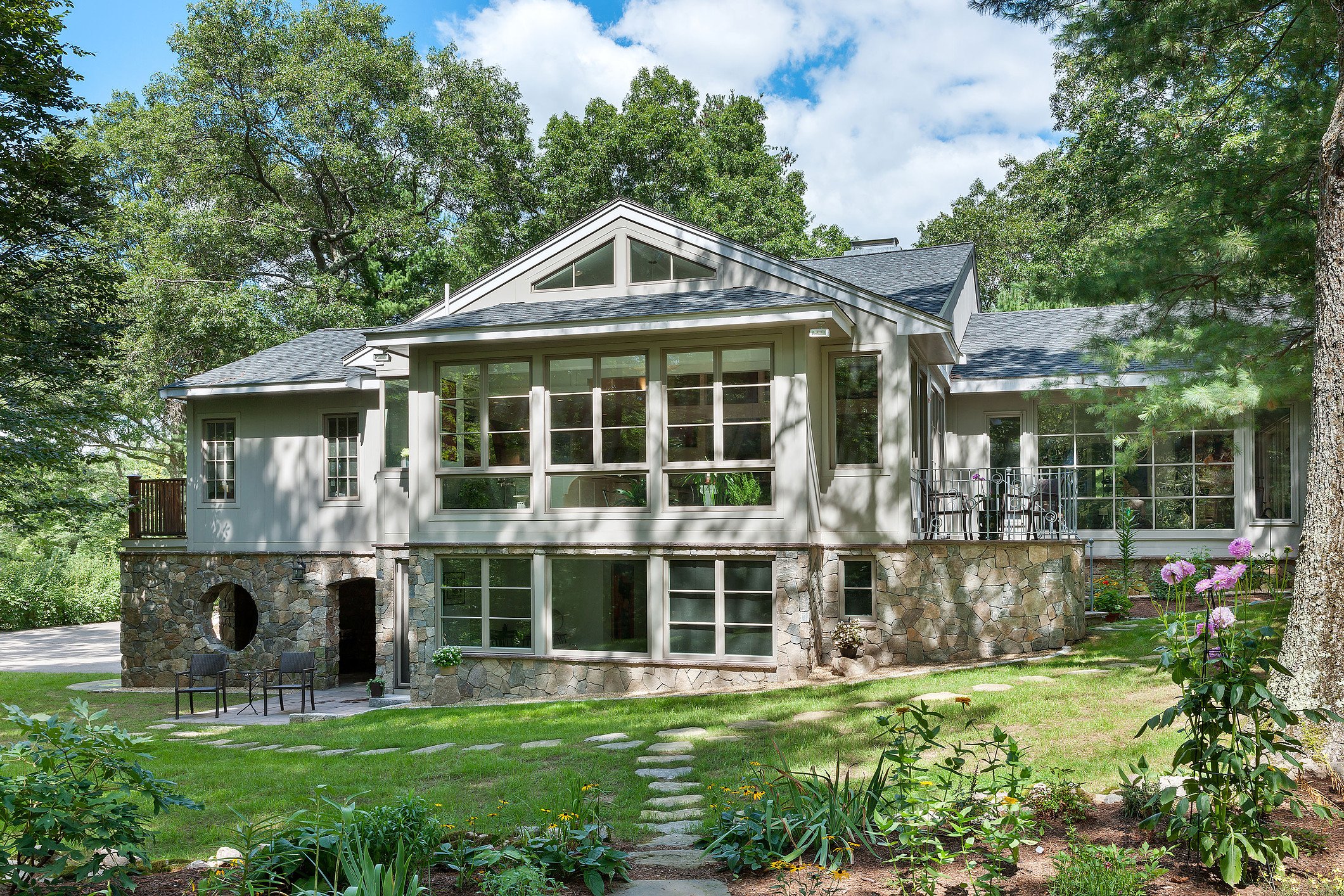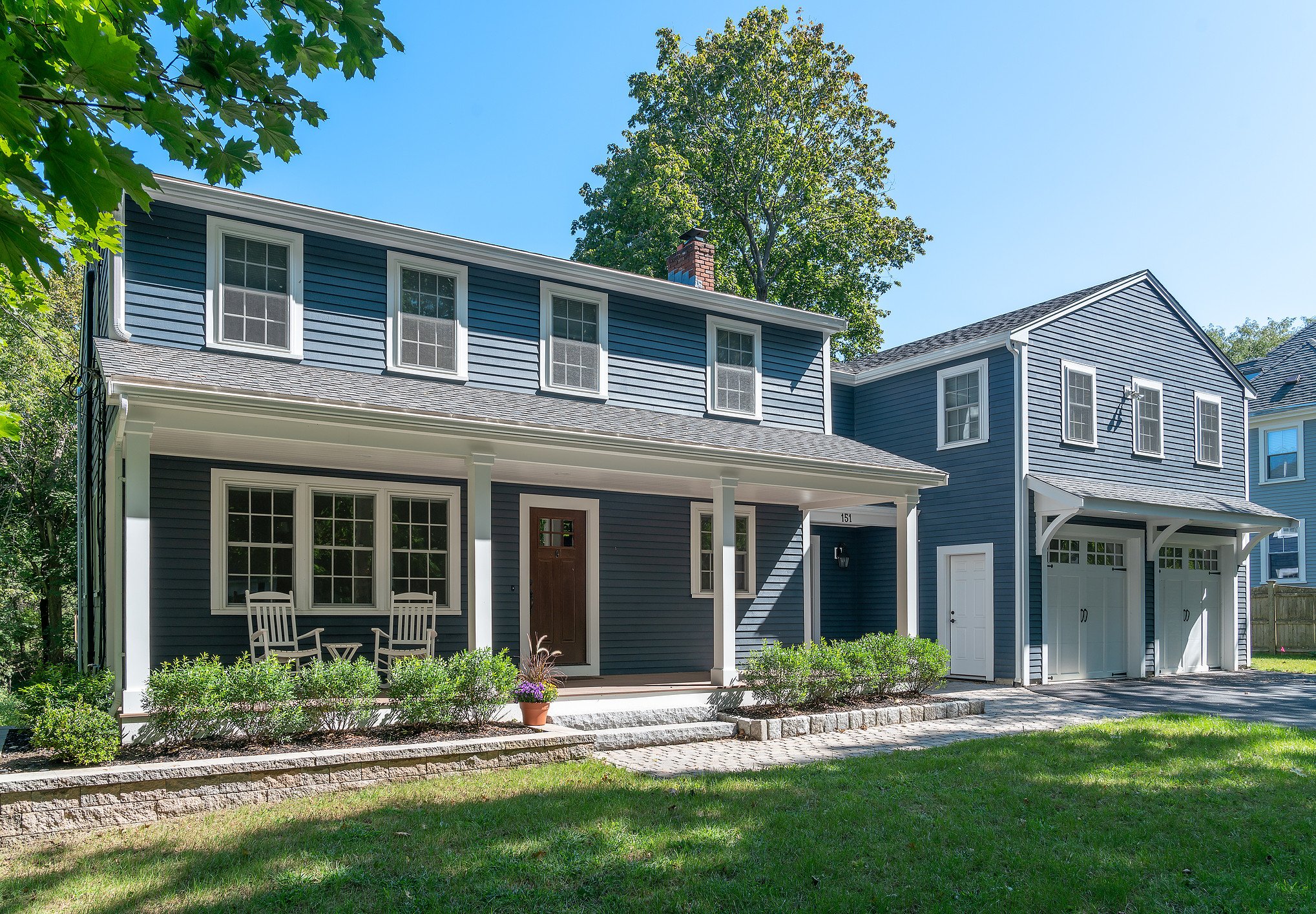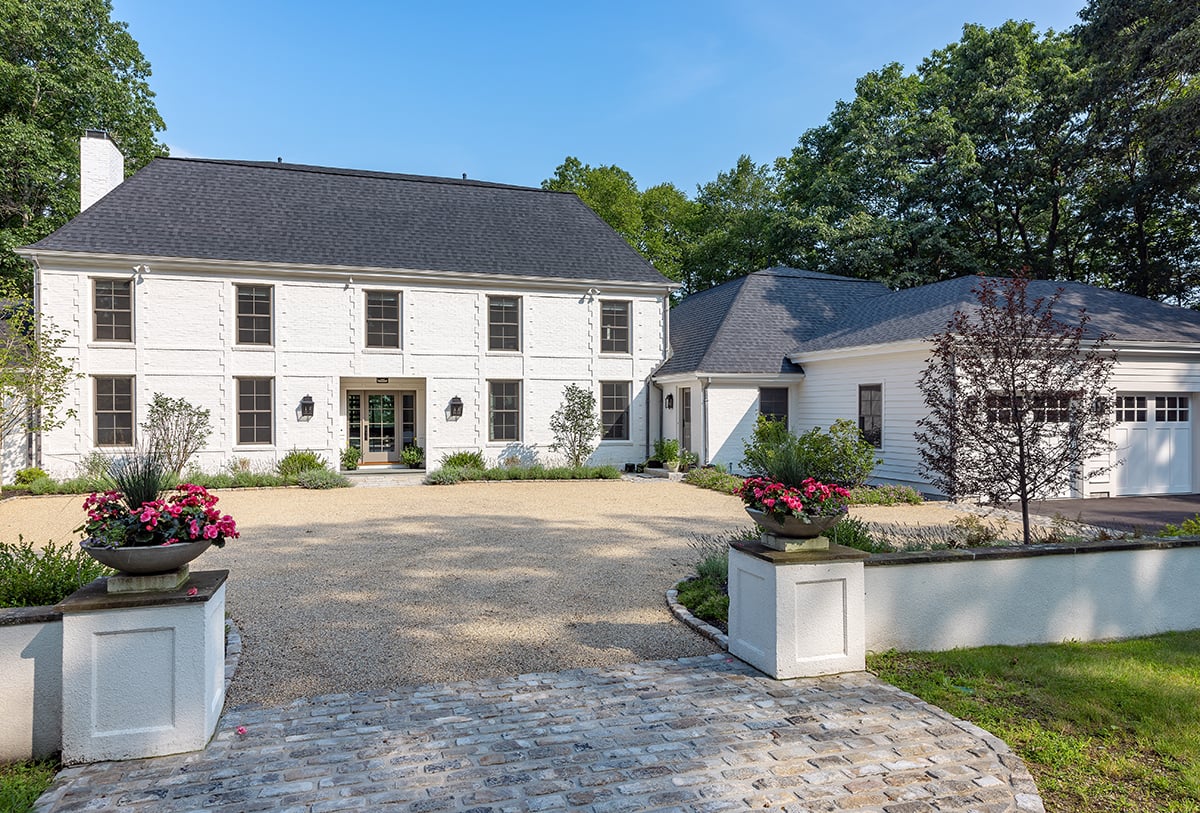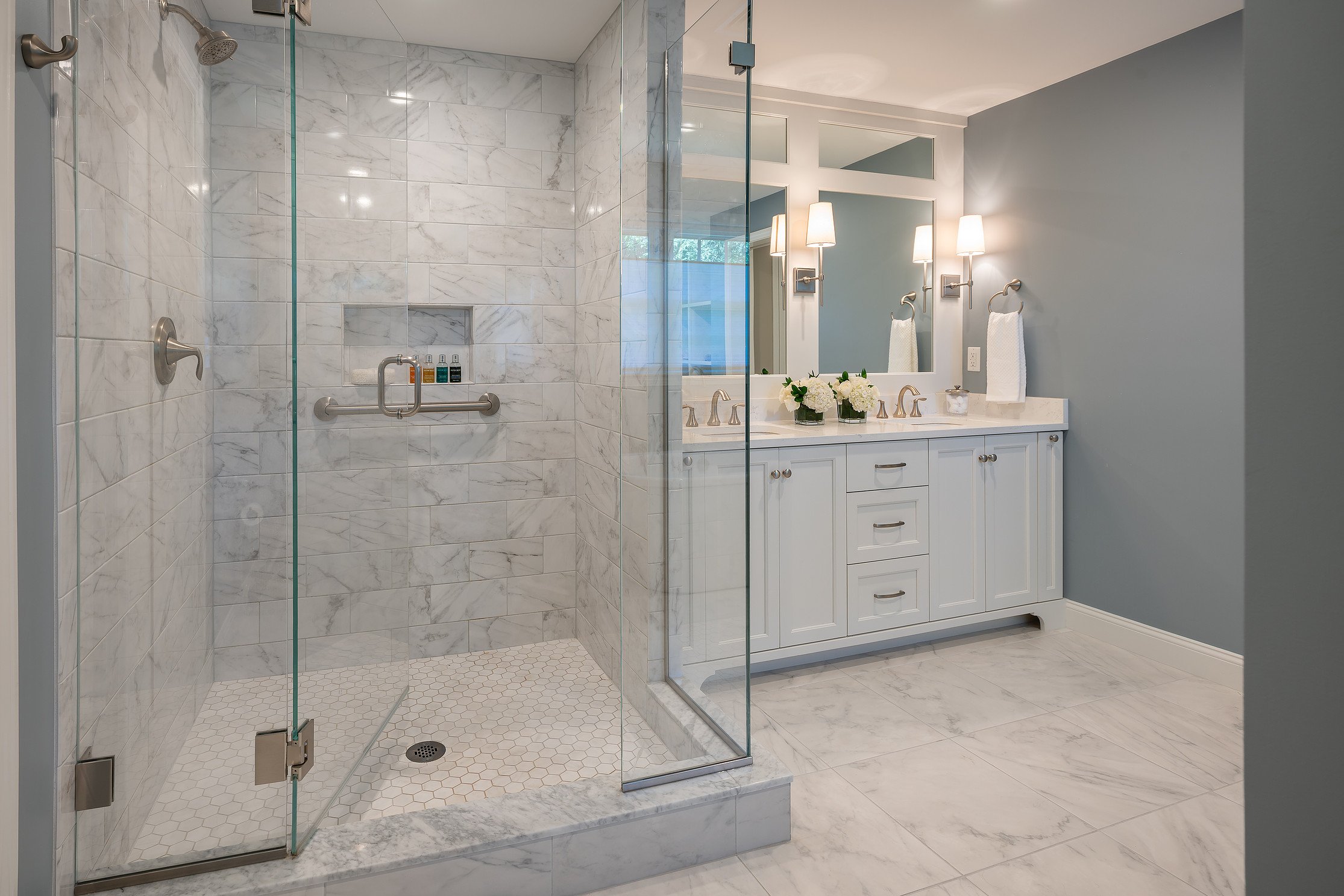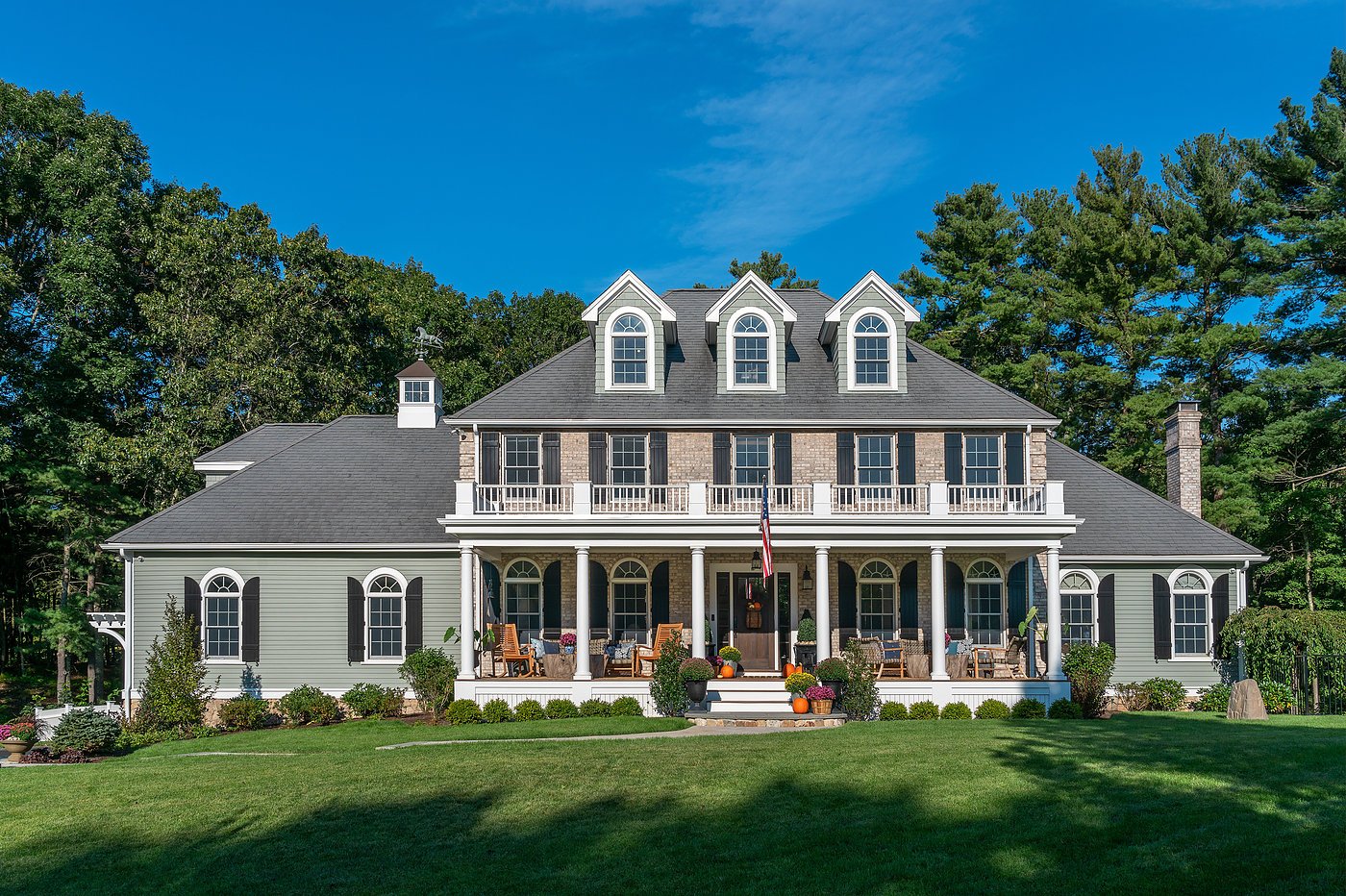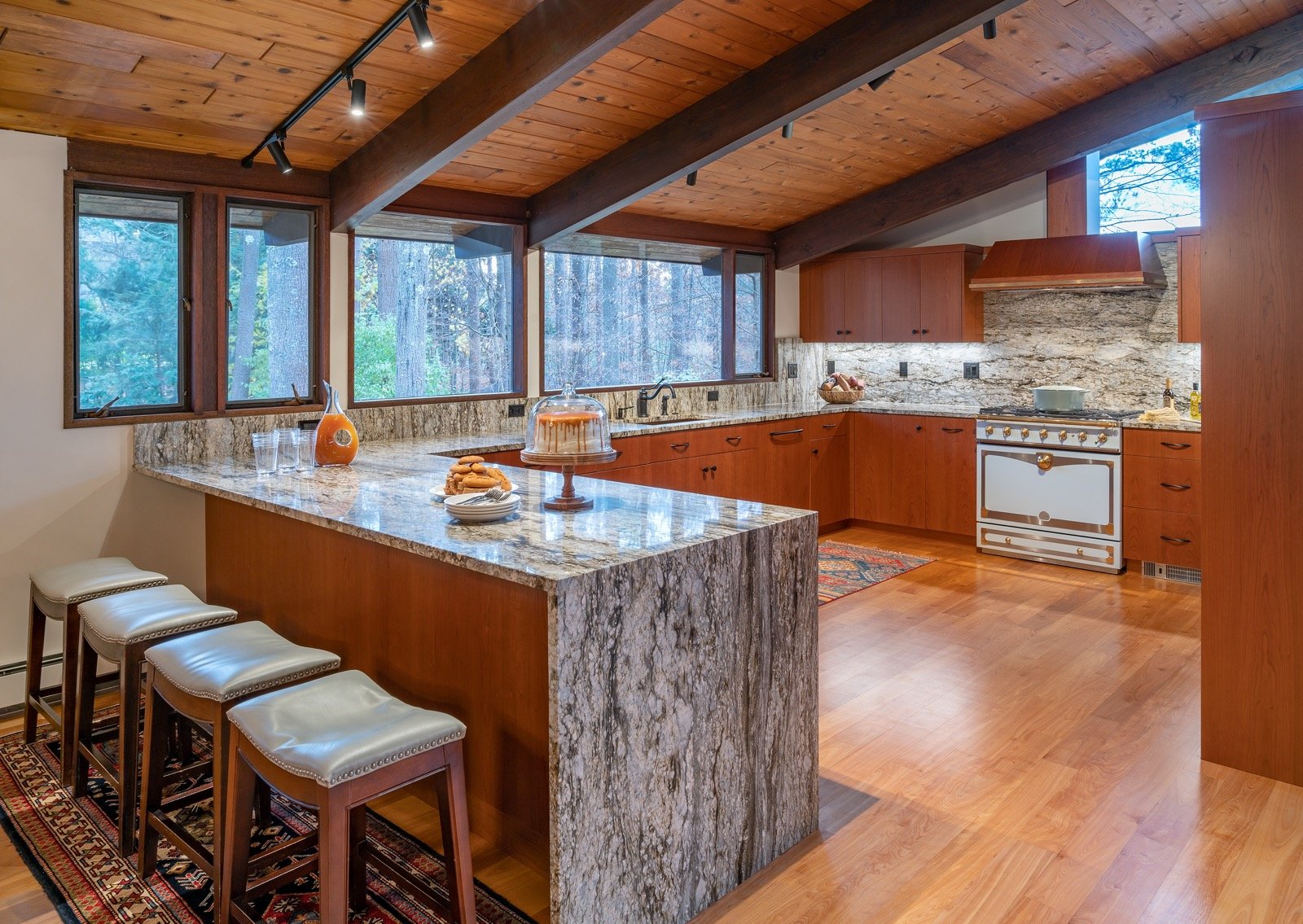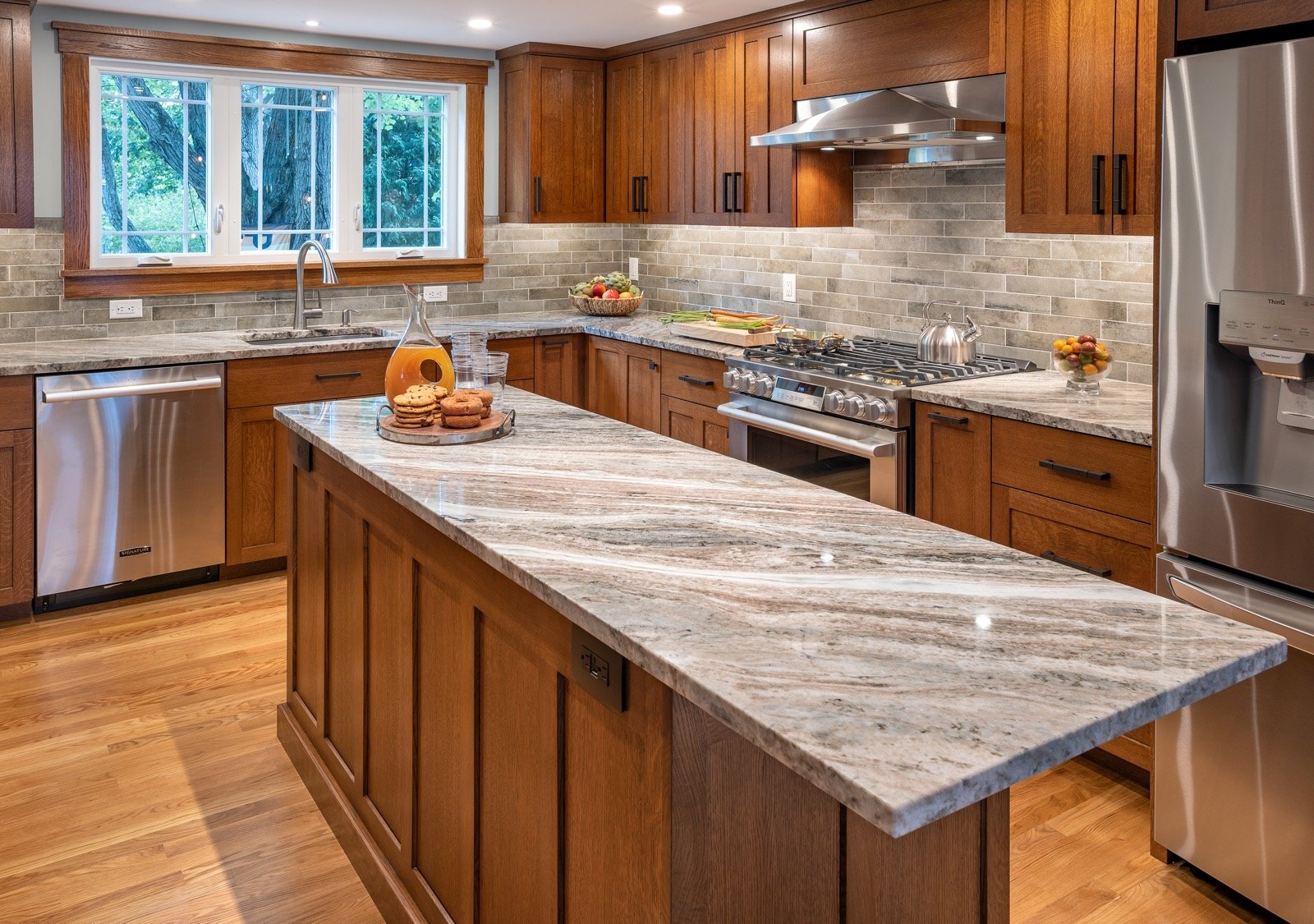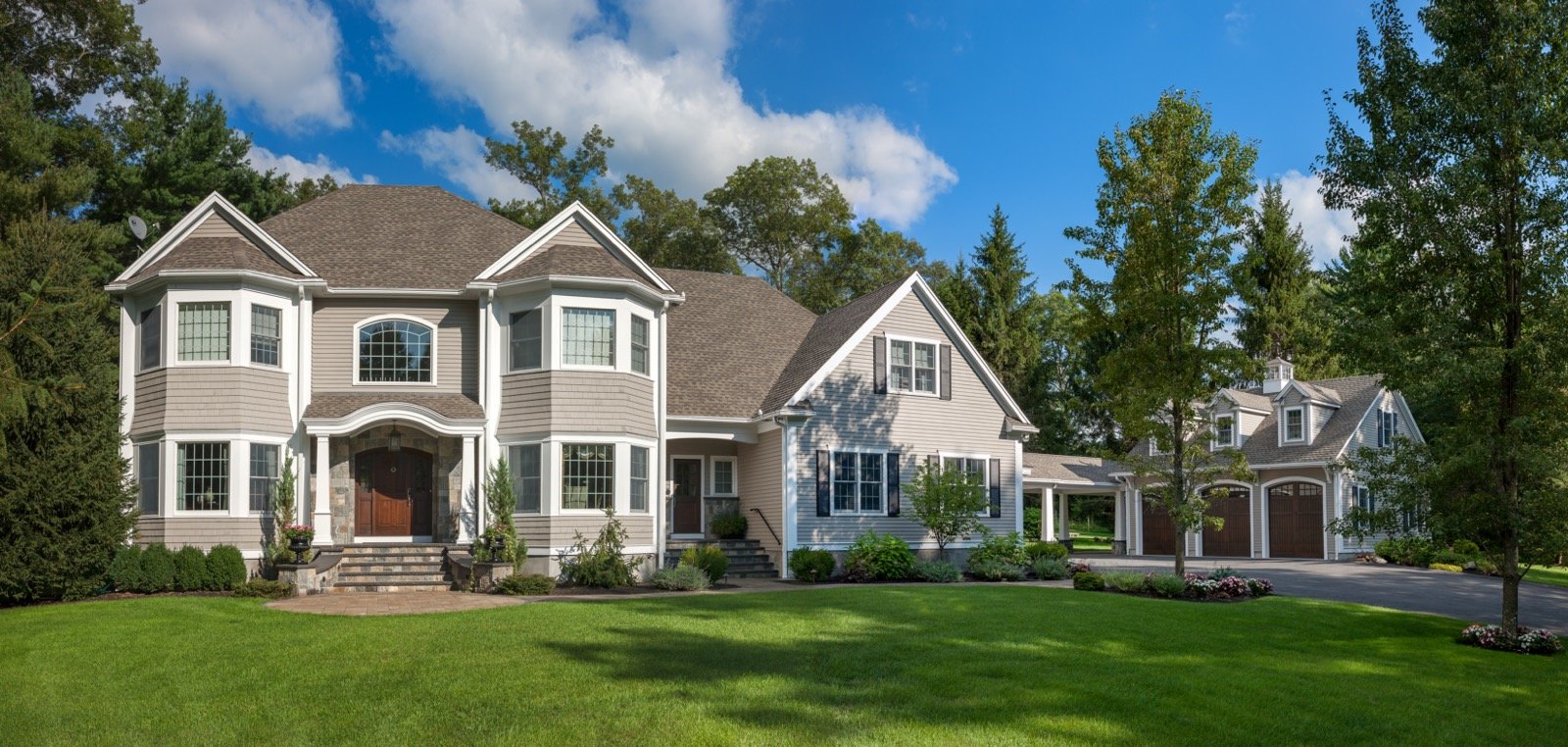Contents
Introduction
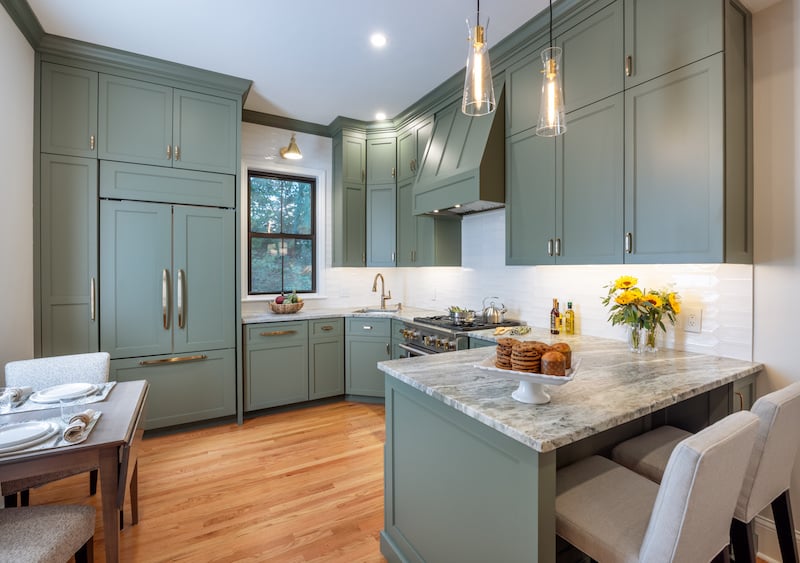 It is hard to beat the sense of history and charm in an older New England home. That’s a big reason why you decided to buy the home in the first place. Of course, history and charm come with some caveats. Maintaining and remodeling older homes here in eastern Massachusetts is very different from what is needed to keep up newer homes.
It is hard to beat the sense of history and charm in an older New England home. That’s a big reason why you decided to buy the home in the first place. Of course, history and charm come with some caveats. Maintaining and remodeling older homes here in eastern Massachusetts is very different from what is needed to keep up newer homes.
Not only are materials and systems likely to be a mix of very old, old, and newer, but historic preservation and other local ordinances can make renovating an older home feel like a bureaucratic obstacle course. When compared with newer home renovation, the risks of overspending on time and money are amplified.
These are just a few of the considerations to make before you rush into a remodel of your older home.
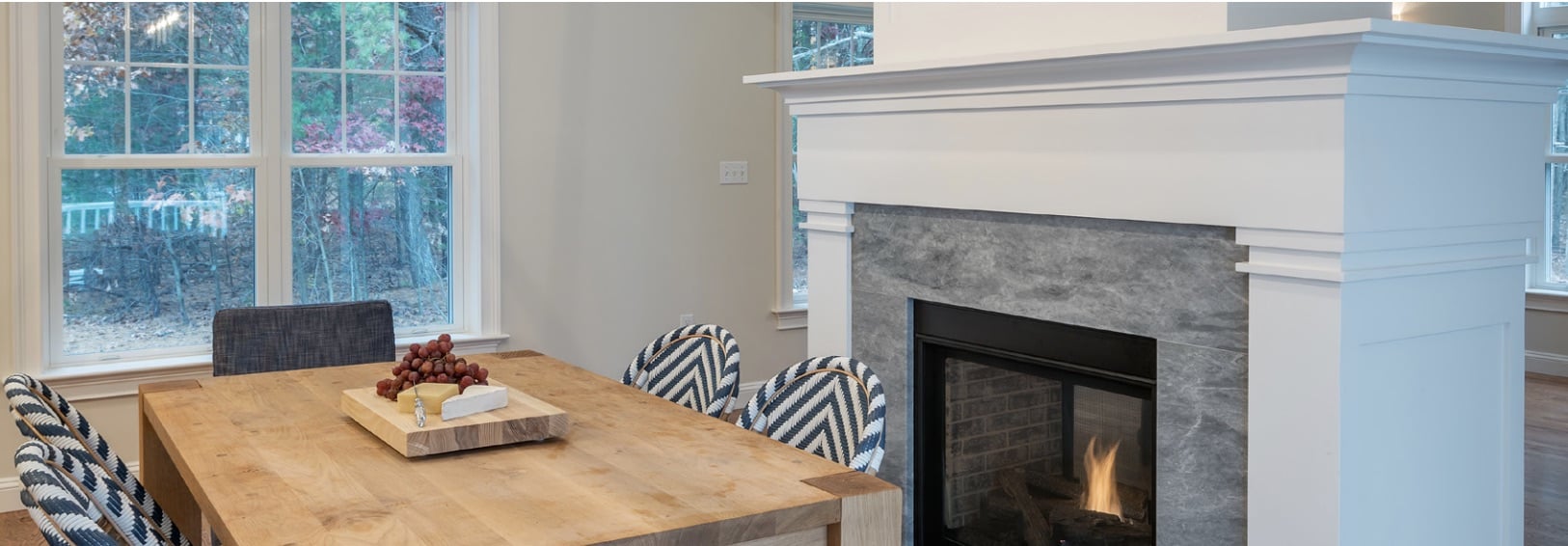
Starting a remodeling project without doing your homework can result in unsatisfactory results and can wind up costing you more than getting things done right the first time.
One option is to act as your own general contractor. You’ll likely need to hire a structural engineer, plus an architect specializing in older home renovations. Then you will need to go to the local township and make sure you are following all the rules and obtaining the proper permits. All that before getting tradespeople hired who are available on your timeline.
Many homeowners prefer to contract with a design/build firm that can help you walk through the process. When you hire a company with experience and a depth of knowledge, along with the skills needed for every step, you have a single source of accountability.
Rather than relying on your own limited time and experience, you are putting the project in the hands of a company with a proven and predictable process from start to finish.
However you decide to tackle the project, knowledge is power. With that in mind, here are the top 12 things you should know before remodeling an older home.
Download this eBook by completing the form.

Get the ebook
1. Is the renovation we want even possible in this older home?
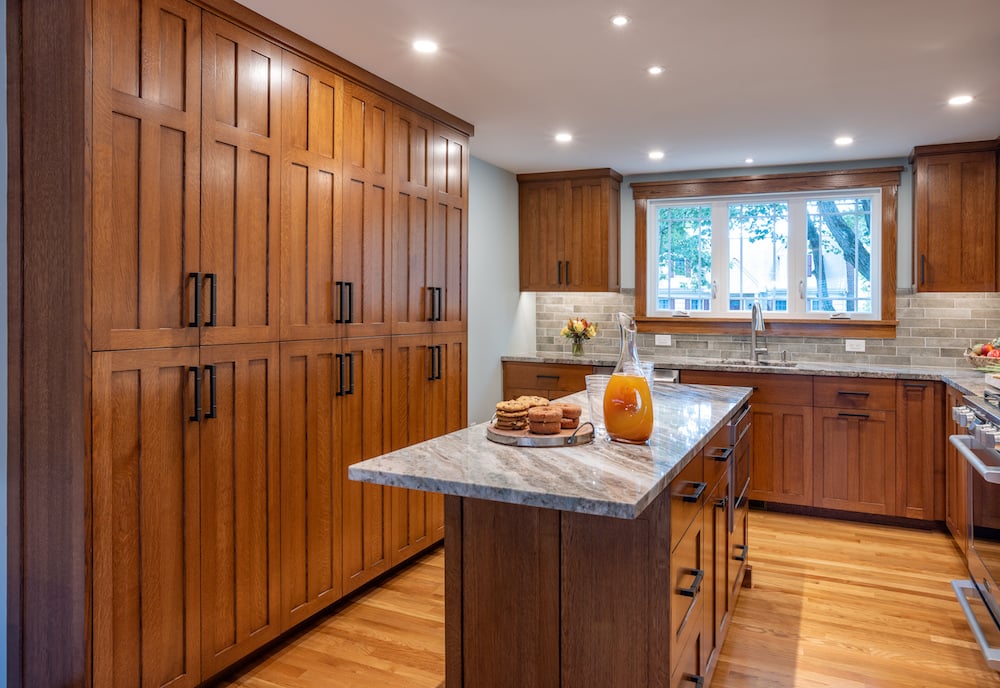
In any renovation, with a newer home or an older home, there will be limitations. For instance, lot size, easements, and setback lines will limit where and how large an addition can be. One major reason to invest in due diligence is to find what kind of renovation is possible for your home.
In an older home, you may have local historic preservation boards who want to know exactly what you are considering inside and outside the home. Getting historic preservation and other approvals can take time.
Knowing what is legally, financially, and logistically possible is the first step in your renovation journey. Depending on those factors, you may need to adjust your renovation plans and timeline.

You love the character of your older home and the well-established neighborhood your home is part of. But the charm of that neighborhood is likely due in part to strict historic preservation codes.
2. How building regulations affect the changes you can make in an old home
Older homes were built under old building codes. Remodeling means meeting today’s codes. Understanding what was allowable then and what is required now is crucial. If you are purchasing an older home, learning about things like upgraded wiring and plumbing requirements is time well spent. If the home has been purchased, getting up to speed on local requirements is always a good idea.
From what you learn about zoning and other codes, it may make sense to go ahead with a renovation, and it may make sense to tear down and start from scratch.
3. Is this home structurally sound?
Older homes may have multiple structural challenges. Foundations may have shifted and cracked over time. Lumber used in framing the rafters, joists, and walls may be compromised.
Here is where you will either hire a structural engineer yourself or hire a design/build firm with this step as part of their normal scope of work. You don’t want to get part way through a renovation only to discover the desired changes will require major structural repairs you hadn’t budgeted for.
4. What to understand about historic preservation
You love the character of your older home and the well-established neighborhood your home is a part of. But the charm of that neighborhood is likely due in part to strict historic preservation codes. And we all know you can’t throw a stick in greater Boston without hitting a historic preservation district.
Yet, not every contractor is equipped to manage a job with high historic preservation standards. Look for a company with experience in these sorts of projects.
You will need a contractor with access to the highest level of craftsmanship and tradespeople who understand traditional construction techniques. The job might require timber framers to preserve the look of the beams or coppersmiths for copper roofs, or roofers who specialize in slate installation and restoration.
Over the years, older homes are often repaired and added to in haphazard ways. An experienced design/build firm will be able to help you navigate these challenges and preserve the historic charm of your older home.
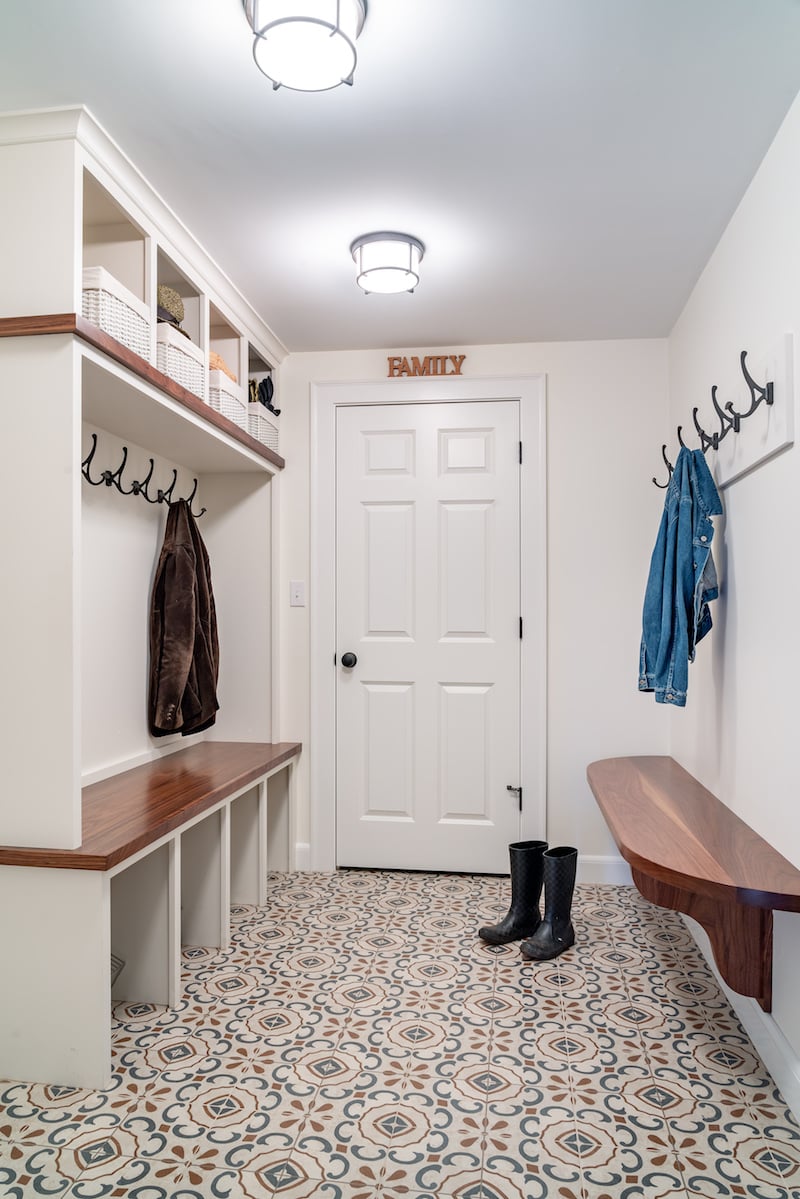
5. How to mitigate harmful materials as you renovate
Older homes mean older, sometimes physically harmful materials, from lead pipes or paint to asbestos shingles, insulation, and other materials. Before remodeling can move forward, these materials need to be safely removed or otherwise managed (lead paint is often painted over, for instance.) Special contractors and permits are required to mitigate the hazardous materials from the home.
Older homes can also harbor mold where moisture has infiltrated. Cleaning up mold and repairing the problems that caused the mold may need to be added to the scope of work on a home renovation.
6. Bringing systems up to current code
Many homes require a complete update of the mechanical, electrical, and plumbing (MEPs) to bring the home to code.
Old homes may fall under their own building code but when more than 50% of the home is updated it triggers code updates as well. One example, when you update windows in an older home you need to make them meet modern egress codes. Windows need to meet certain dimensions as well as a specific height off of the floor.
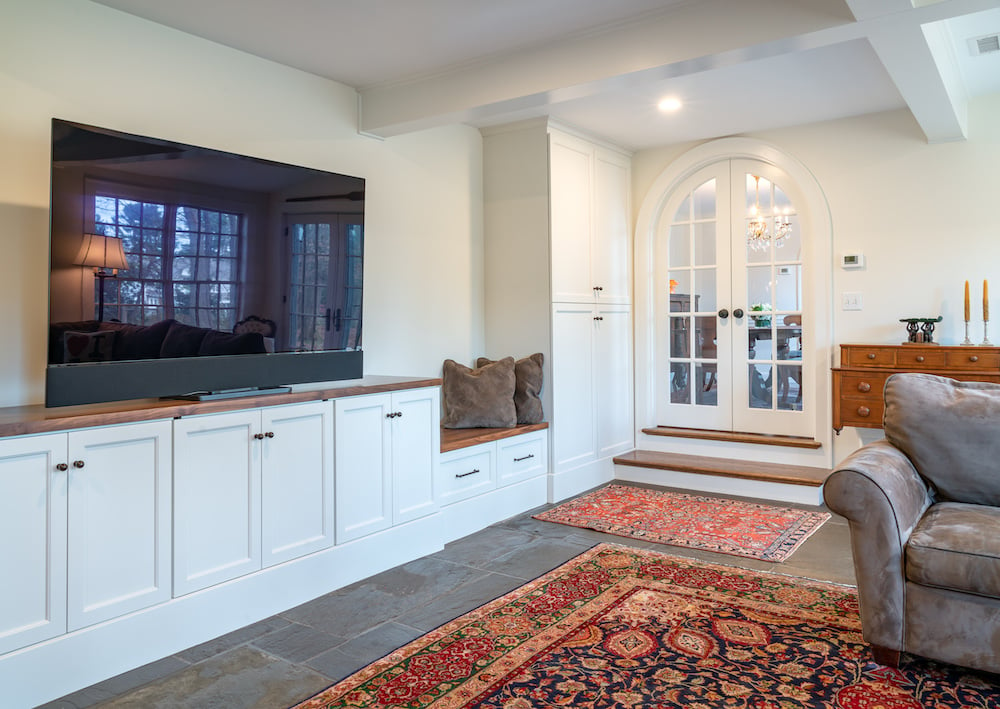
An established design-build firm will give you access to highly vetted and skilled people in the trades like HVAC and electrical. They have the knowledge of how to upgrade and replace systems in an older home to make the most of, say, energy efficiency while maintaining the character of the home.
We recently worked on a home that was in need of a complete HVAC overhaul. Our HVAC contractor was able to meet with the client several times to explain what was needed and the process for replacing the HVAC system. When the design/build firm you work with has knowledgeable tradespeople with whom they’ve established a relationship, you will have the benefit of strong communication, so you know what is happening on your home renovation every step of the way.
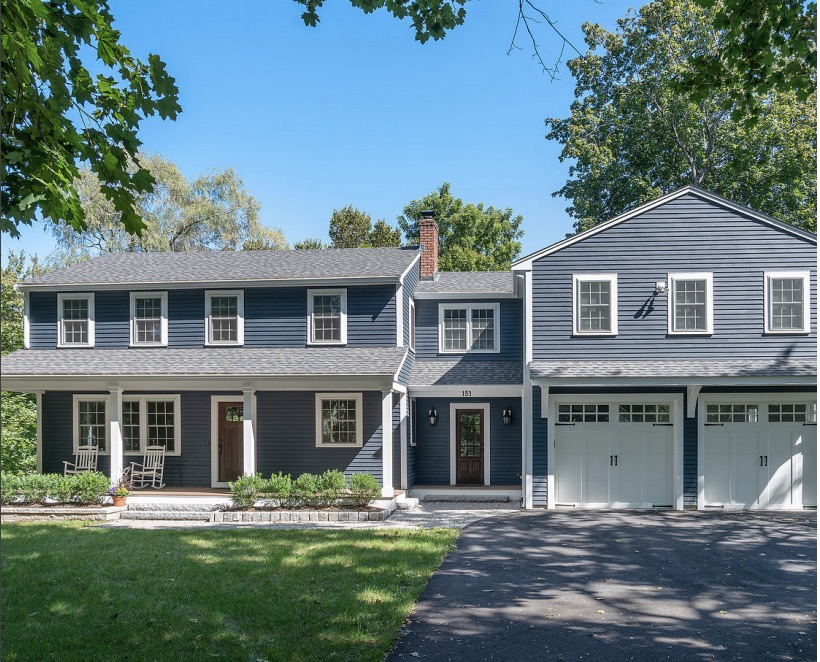
For years, you've been using insulated "snakes" at the base of your exterior doors and making do with single-pane windows and exterior storm windows you need to install every fall to brace for those New England winters.
7. How to renovate for energy efficiency in an older home
For years, you’ve been using insulated “snakes” at the base of your exterior doors and making do with single pane windows and exterior storm windows you need to install every fall to brace for those New England winters.
Again, depending on local historic preservation rules, you may be required to install new windows that match the materials of the original — typically wood, but double or even triple paned.
Another example would be roof sheathing. In an older home, this was typically done with planks. In today’s world spray foam is used to insulate attic spaces, but part of the purpose of the planks used in bygone days was to vent the attic. Your renovation will need to factor in the need for ventilation as part of the energy efficiency plan.
8. How to navigate the permitting process
For homeowners who chose to serve as their own general contractor, the permitting process becomes among the most challenging aspects of the home renovation process.
In an older home, the permitting process — especially if you are requesting a variance on some aspect of the build — can be incredibly challenging. Permitting can throw off your ideal timeframe by weeks or months. When you hire an established design/build firm, they will likely be familiar with all the local building codes and will have the timing of the permitting process built into the timeline they establish with you.
9. How to blend old and new materials
Knowing how to incorporate new materials while staying in line with the character of the home can be a big challenge in older home remodeling. How do you manage the blending of such a variety of materials? You will likely have some original materials and finishes like plaster walls and original trim and doors.
But over time, some of these materials may have been replaced. Previous renovations add materials that are now neither original or new. These previous renovations may or may not blend in with the original style and character of the home.
Part of your desire to renovate likely stems from a need to modernize a kitchen, bathrooms, and other aspects of your home. Older homes require special approaches in order to renovate with modern materials and product choices.
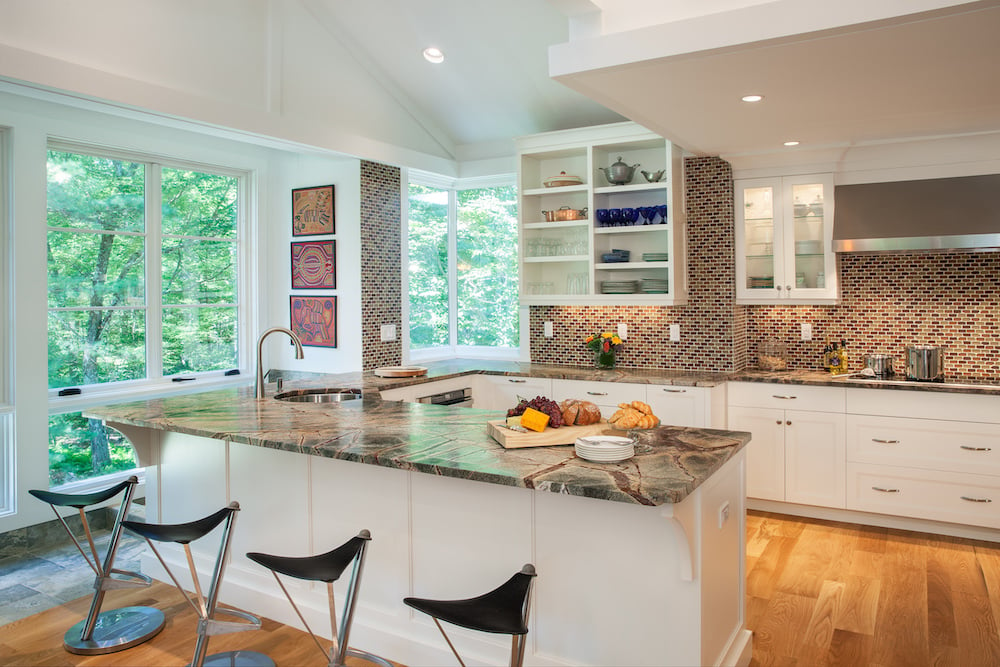
There are the things you see – everything from built-in appliances, light fixtures to plumbing fixtures – to the things below the surface – like how a new roofline and wall ties into the older portion of a home.
10. How to manage an addition on an existing home
Once your contractor has determined that an addition is legal (given setbacks, historic preservation regulations and other codes to enforce) they will need to blend old and new on a larger scale.
You are adding brand-new building science to an old building. How do you attach the two where the old meets the new?
Again, who you choose as a trusted partner in this process makes all the difference. A builder with a track record of managing additions onto older homes will know how to manage attaching an addition in a way that blends in with the existing structure.
11. How to determine when materials have exceeded their lifespan
When the shingles are torn off and the roof is leaking, it is easy to determine that it is time to replace the roof. But sometimes, especially with exterior materials like roofing siding, and exterior trim, it is not simple to determine when they are approaching the end of their lifespan.
A home inspection is a good starting point to get a sense of what may need to be replaced. In preparing for a renovation, you may discover that some materials can extend their usefulness with some minor repair. Others may need to be replaced.
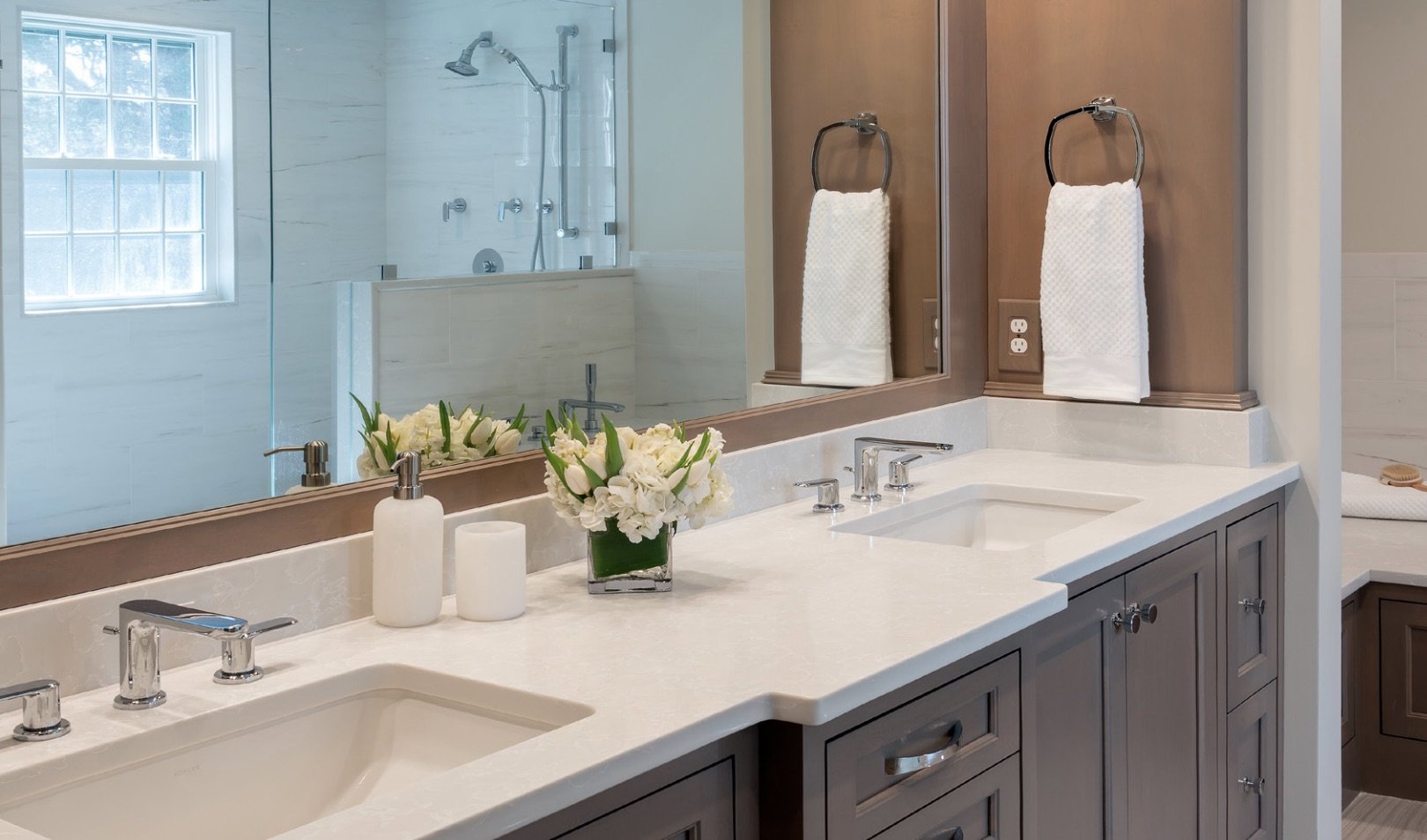
12. Make sure you have enough light
“Old house” does not have to mean dark and dingy. You likely will want to create more light with more and larger windows and skylights. Many communities actually have codes regarding the amount of natural light in a home. This is one more area where a knowledgeable craftsperson can help you balance the maintaining of the character of the older home with the need for more natural light.
So you've learned some things about older home remodeling. Now what?
Understanding the unique challenges and nuances of an old home renovation will set you up for success as you move forward. The process we’ve established for working with homeowners gives you the information you need to do the best, most cost effective, remodeling project possible.
We’ll find out what is possible, what codes and regulations will allow, and take the renovation from start to finish with a realistic timeframe and solid budget in place, with the highest quality of craftsmanship to maintain the character of the home at the center of the process. Knowing you are in good hands will alleviate much of the stress related to an older home renovation project.
Want to learn more? Download the ebook Mitchell Construction’s Secrets to Beautifully Remodeled Homes to learn about how the company approaches home renovation, or schedule a discovery call to learn more about how we can help you with your home renovation project.
Download this eBook by completing the form.


